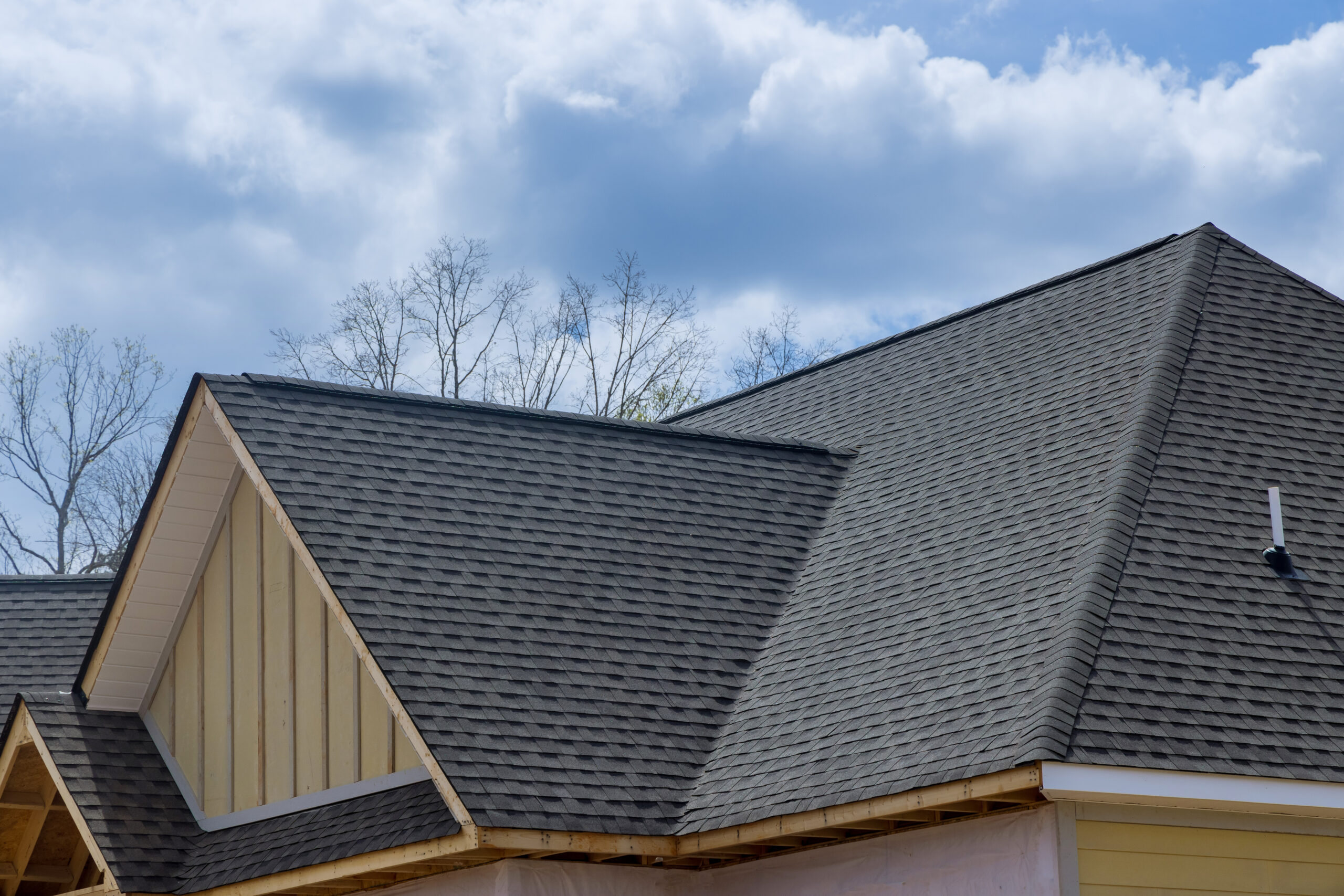When it comes to new roof installations, various materials are commonly used, each with its advantages and characteristics. Here are some of the most popular roofing materials:
Asphalt Shingles: One of the most widely used roofing materials, asphalt shingles are cost-effective and easy to install. They come in a variety of colors and styles, making them versatile for many architectural designs. They typically last 15 to 30 years.

Metal Roofing: Metal roofs are known for their durability and longevity, often lasting 40 to 70 years. They can be made from various metals, including steel, aluminum, and copper. Metal roofing is also energy-efficient, reflecting solar heat and reducing cooling costs.
Clay and Concrete Tiles: These materials offer a distinct aesthetic, commonly found in Mediterranean and Spanish-style architecture. Clay and concrete tiles are extremely durable and can last over 50 years. They are fire-resistant and provide excellent insulation, but can be heavy and may require additional structural support.
Wood Shingles and Shakes: Wood roofing provides a natural and rustic appearance. Shingles are machine-cut for uniformity, while shakes are hand-split, giving a more textured look. Typically made from cedar, redwood, or pine, wood roofs can last 20 to 40 years but require regular maintenance to prevent rot and insect damage.
Slate: Slate roofing is one of the most durable options available, with a lifespan of over 100 years. It is made from natural stone, offering a unique and elegant appearance. However, slate is heavy and expensive, which may limit its use to certain structures.
Synthetic Roofing Products: These materials mimic the look of traditional roofing options like slate or wood but are made from rubber, plastic, or other synthetic materials. Synthetic roofs are lightweight, durable, and often more affordable than their natural counterparts.
Built-Up Roofing (BUR): Commonly used for flat or low-slope roofs, BUR consists of layers of asphalt and felt, creating a durable waterproof barrier. This type of roofing is typically used in commercial buildings.
Single-Ply Membranes: These are flexible sheets made from synthetic materials, such as TPO (thermoplastic olefin) or EPDM (ethylene propylene diene monomer). They are lightweight, easy to install, and commonly used for flat roofs in commercial applications.
Each roofing material has its unique advantages, costs, and aesthetic appeal, making it essential for property owners to consider their specific needs and preferences when choosing the right option for new roof installations.
